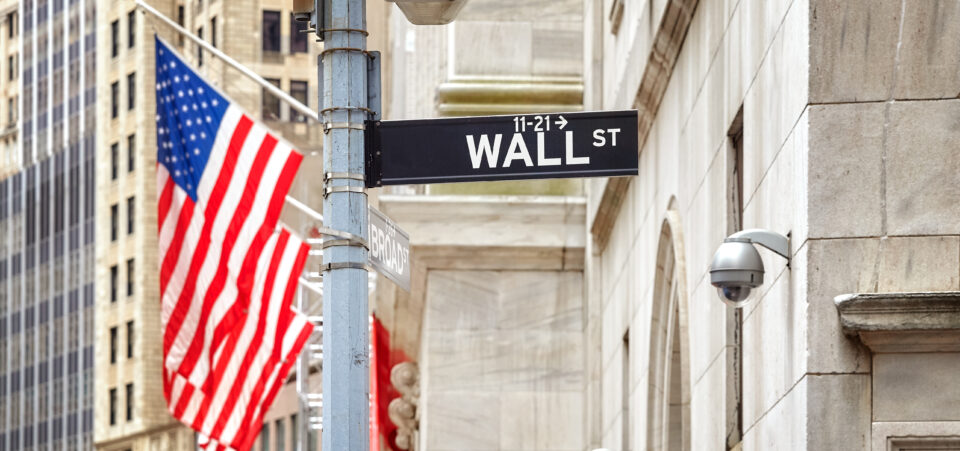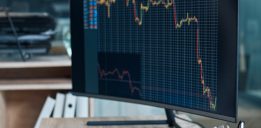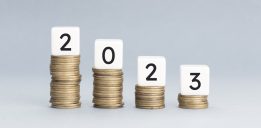Invisible Hand Holding Up Stock Market for Now
You might be wondering why the stock market continues to march higher when everything is against it. Interest rates are high, the economy is peaking, there’s pessimism among investors, earnings aren’t very strong, the global economy is suffering, inflation remains sticky, and so on.
You see, there’s an invisible hand that’s been doing a great job at creating the illusion that the stock market is in good shape. That invisible hand is share buybacks.
We don’t hear much about this in the mainstream news, but companies buying their own shares has increased the demand for stocks. When the demand for stocks goes higher, what happens to the overall stock market? It rallies.
With this, one could be wondering why companies buy back their own shares.
In theory, stock buybacks reduce the number of outstanding shares and give investors more ownership of the company. Another way to say it is that stock buybacks increase investors’ equity.
Share buybacks also make companies’ earnings look better. If a company reduces the number of its outstanding shares and makes similar profits as before, that company’s earnings per share (EPS) will look better. It wouldn’t be wrong to say that stock buybacks are a sort of financial engineering.
Share Buybacks Jumped 18% in 4th Quarter of 2023
Now, some numbers.
In the fourth quarter of 2023, S&P 500 companies bought $219.1 billion worth of their own shares. This was up by 18% compared to the third quarter of 2023 and up by 3.7% compared to the fourth quarter of 2022. (Source: “S&P 500 Q4 2023 Buybacks Increase 18.0% Compared to Q3,” S&P 500, March 18, 2024.)
In the entire year of 2023, S&P 500 stock buybacks amounted to $795.1 billion!
Who’s been buying?
In the fourth quarter of 2023, 313 companies reported making share buybacks of at least $5.0 million. This was up from 281 companies in the third quarter of 2023 but down from 318 companies in the fourth quarter of 2022.
Just so you know, 313 companies represent 62.6% of the entire S&P 500.
Apple Inc (NASDAQ:AAPL) was a powerhouse when it came to companies buying their own shares in the fourth quarter of 2023. In that quarter, Apple bought $22.7 billion worth of its own shares. That was the ninth-highest amount a company spent on stock buybacks in the S&P 500’s history!
If Stock Buybacks Were a Country, They’d Have 3rd-Largest Economy
Looking at the bigger picture, in 2022, S&P 500 companies spent $922.7 billion on share buybacks. In 2023, they spent $795.2 billion on buybacks. Over the past five years, S&P 500 companies have spent $3.84 trillion on stock buybacks. Over the past 10 years, they’ve spent $6.83 trillion on share buybacks! (Source: Ibid.)
For some perspective, India’s gross domestic product (GDP) is around $3.4 trillion. If stock buybacks were a country, they would have the third-biggest economy in the world.
Back to the topic of Apple Inc, in 2023, the company spent $83.9 billion on share buybacks. Over the past five years, Apple has spent $429.0 billion on stock buybacks. Over the past 10 years, it has spent $658.0 billion on buybacks.
What Would Happen If Share Buybacks Disappeared?
Dear reader, let’s remove from the stock market the $6.83 trillion that S&P 500 companies have spent on stock buybacks over the past 10 years. Do you think the S&P 500 would still be where it is today? Would the $6.83 trillion that went toward buybacks have been used for something else?
For years, companies that trade on the stock market had essentially no borrowing costs, as interest rates were near zero. Some companies borrowed lots of money to spend on share buybacks. More recently, interest rates have been high, and there’s been a cost to borrowing money.
In the coming quarters, stock buybacks could ease a bit. With this, I ask: As the invisible hand of buybacks goes away, will the stock market be able to sustain itself?
The stock market got a lot of support from low interest rates and share buybacks over the past few years, but there’s been a seismic shift in fundamentals recently.
Stock investing could become awfully difficult. It might not be as easy as buying index funds and doing well. Going forward, a lot of picking could be required.






